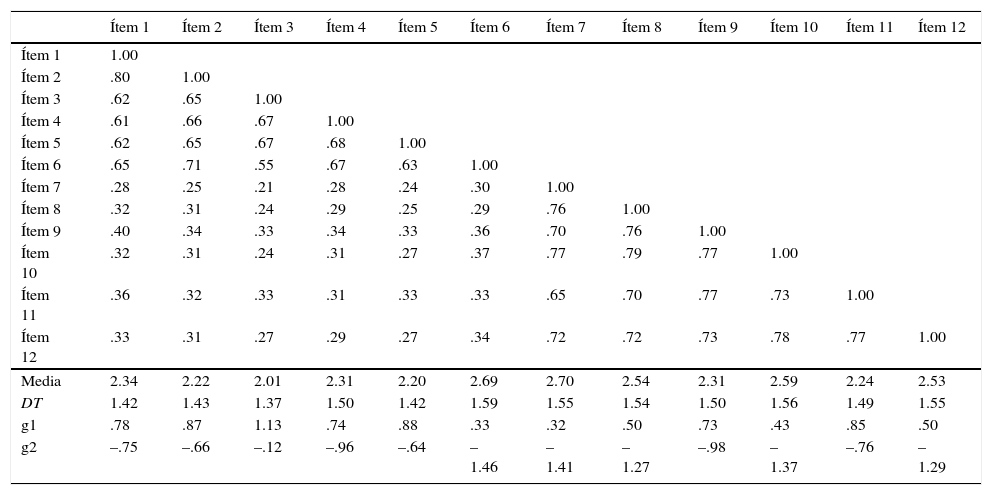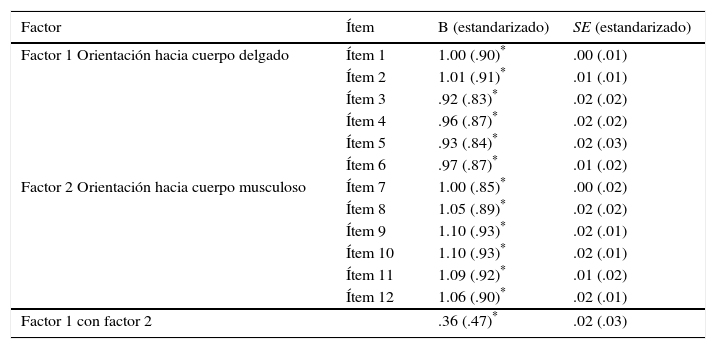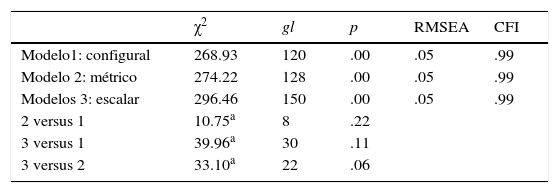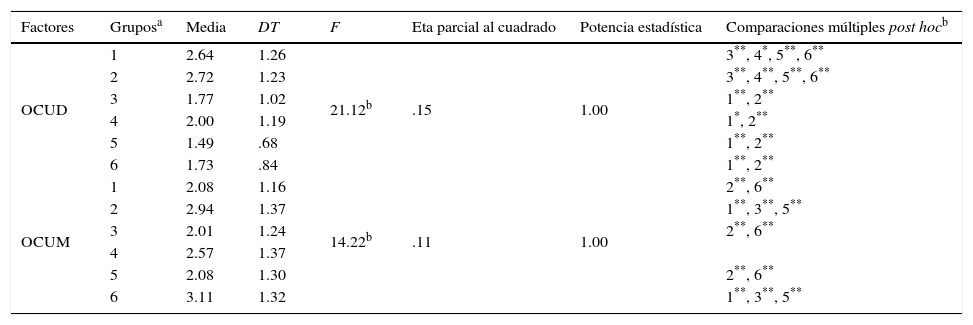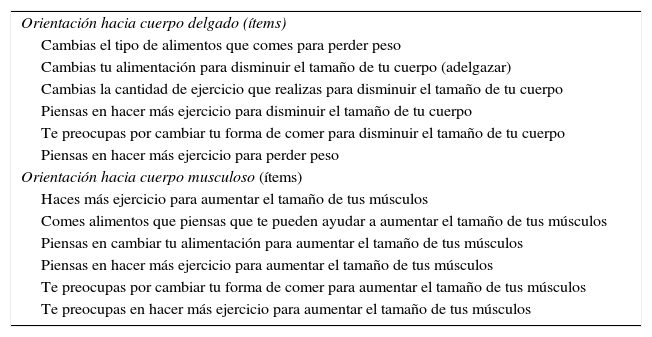Este estudio tiene un doble objetivo. En primer lugar, adaptar y validar al contexto español un modelo bifactorial del Body Change Inventory para medir la orientación hacia cuerpo delgado y orientación hacia cuerpo musculoso. Un segundo objetivo es analizar los estereotipos socioculturales hacia la delgadez y el cuerpo musculoso según la variable sexo combinada con la discrepancia con el peso. La muestra está compuesta por 1022 estudiantes (488 chicas y 534 chicos) de entre 9 y 12 años (mujeres: M=10.41, DT=.66; varones: M=10.47, DT=.68). Se analizan las propiedades psicométricas de la escala mediante diferentes análisis que permiten considerarla instrumento válido y fiable. Los resultados del análisis de varianza indican que tanto chicas como chicos pretenden perder peso en la búsqueda del ideal de cuerpo delgado, mientras que son más los varones quienes persiguen un cuerpo musculoso, independientemente de si pretenden perder, ganar o mantener peso.
The purpose of this study is twofold. First, to adapt and validate a two-factor model of Body Change Inventory to the Spanish context, in order to measure the orientation towards thin body and orientation towards muscular body. The second aim is to analyse the sociocultural stereotypes towards thinness and muscular body according to the sex variable combined with the discrepancy with the current weight. The sample consisted of 1,022 students (488 girls and 534 boys) between 9 and 12 years old (female: M=10.41, SD=.66, males: M= 10.47, SD=.68). An analysis was performed on the psychometric properties of the scale using different tests that enabled it to be considered as a valid and reliable tool. The results of variance analysis showed that both girls and boys intend to lose weight in the search for the thin body ideal, while more boys are pursuing a muscular body, regardless of whether they intend to lose, gain, or maintain weight.
Artículo
Comprando el artículo el PDF del mismo podrá ser descargado
Precio 19,34 €
Comprar ahora





